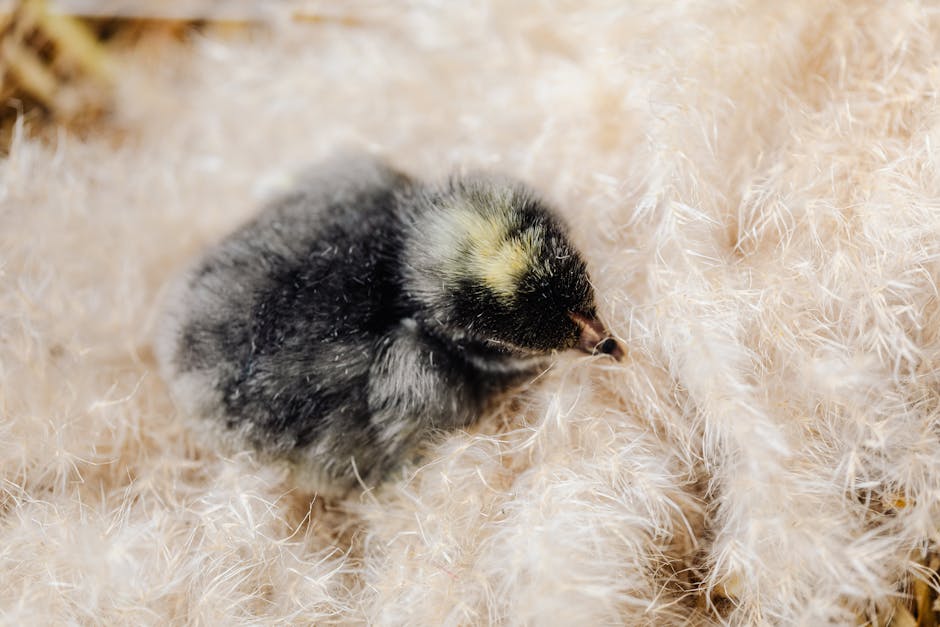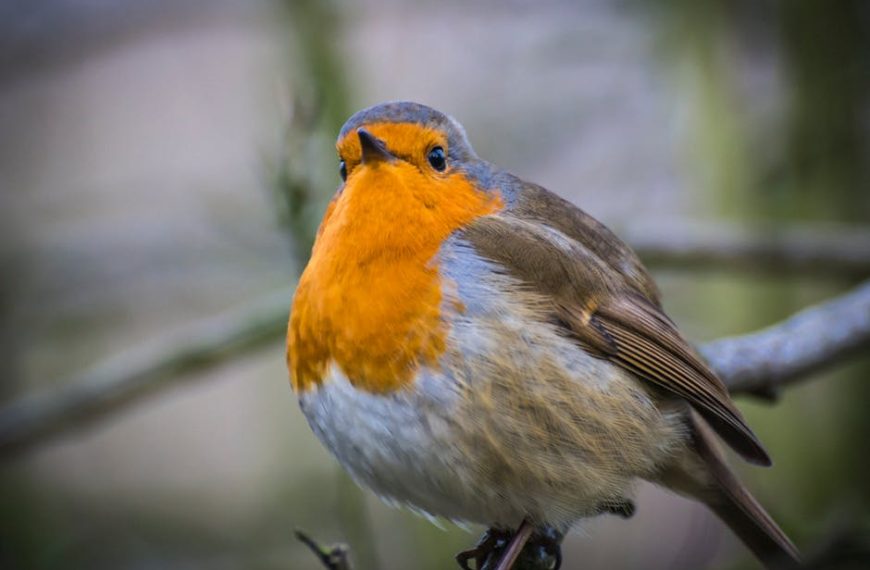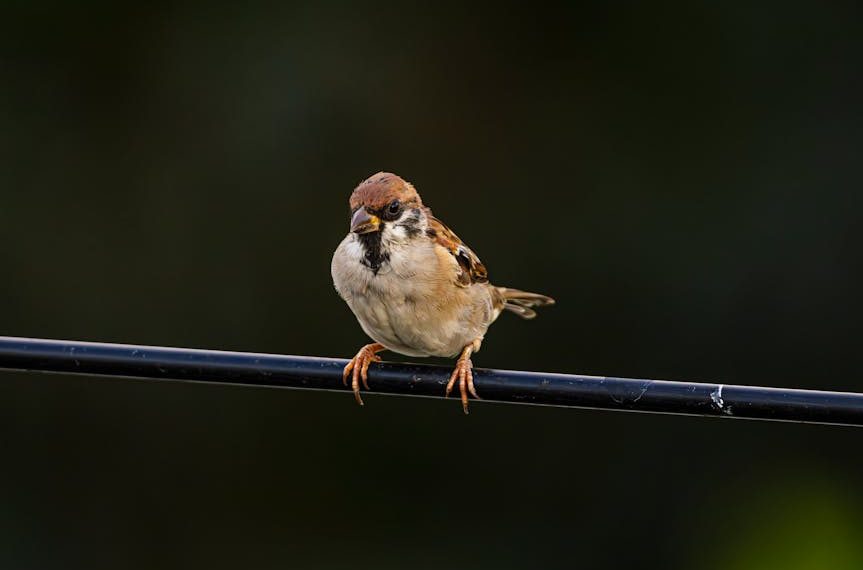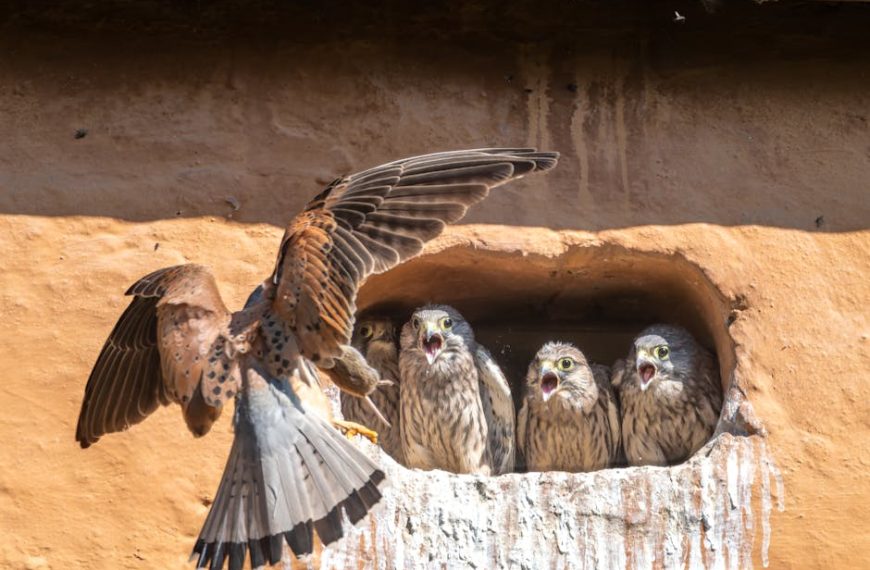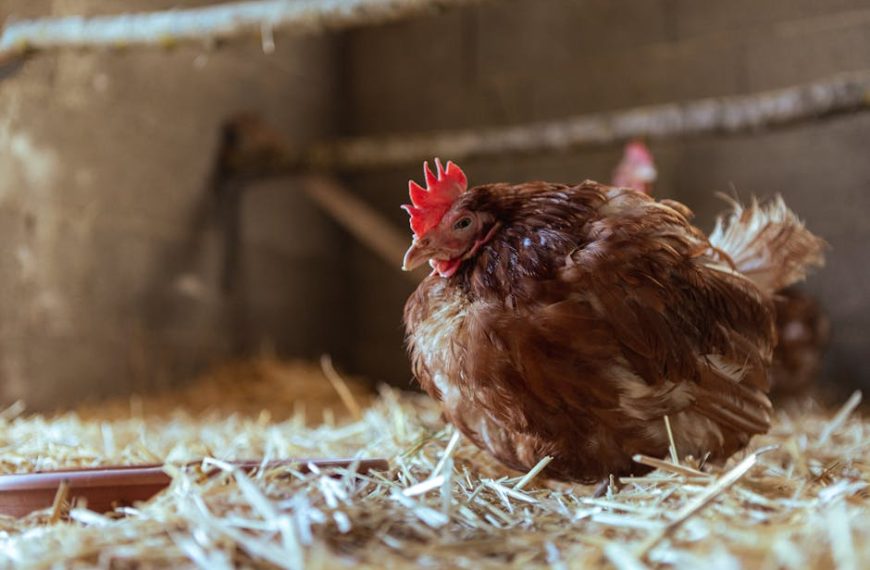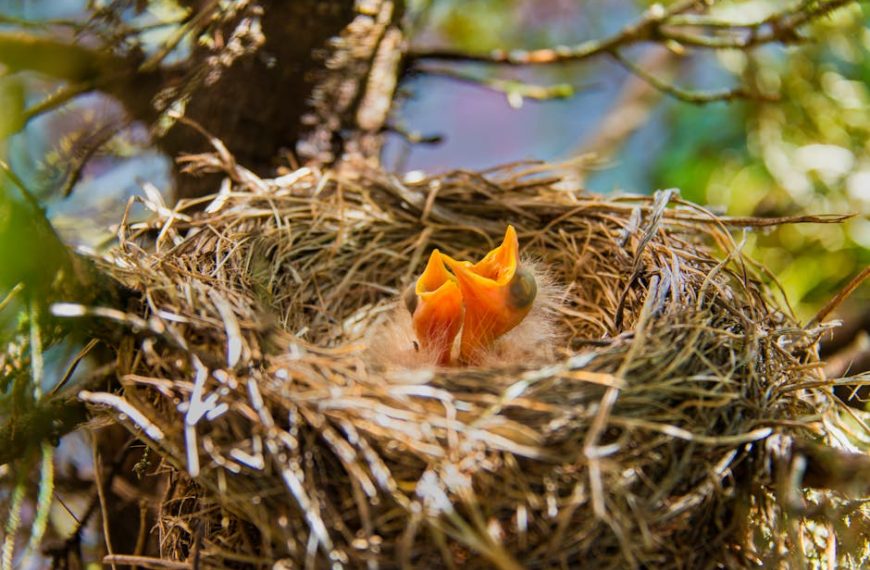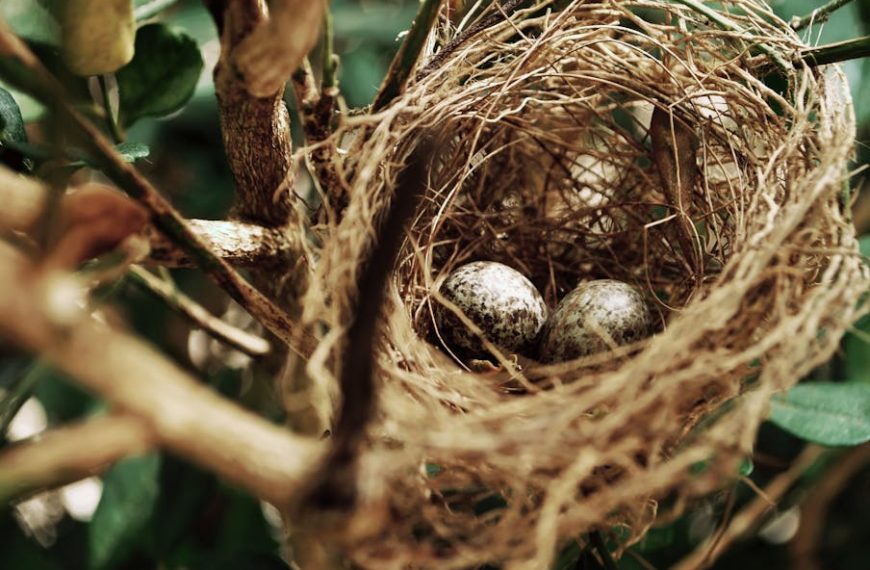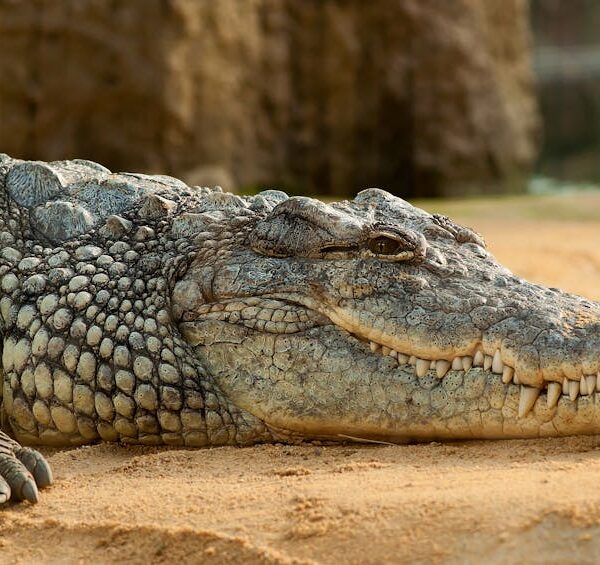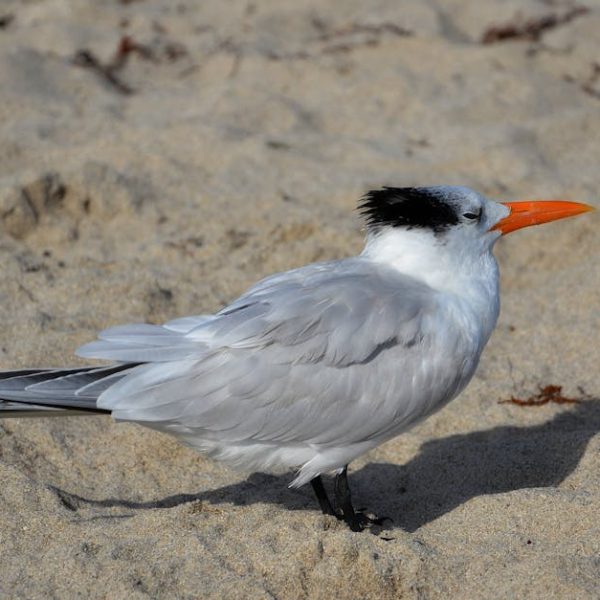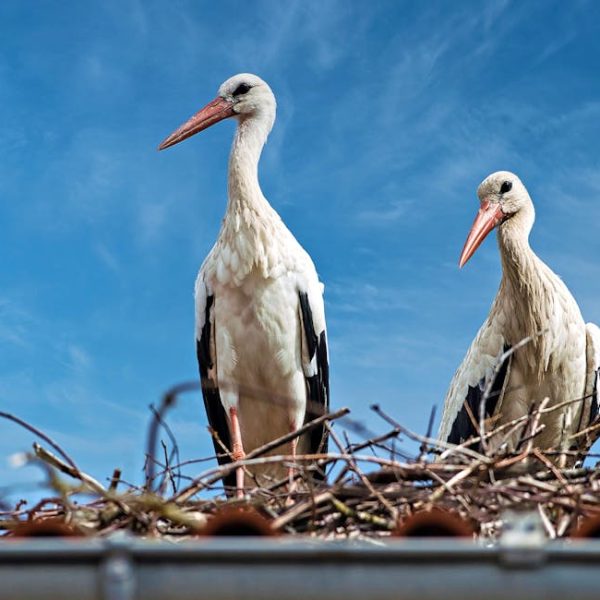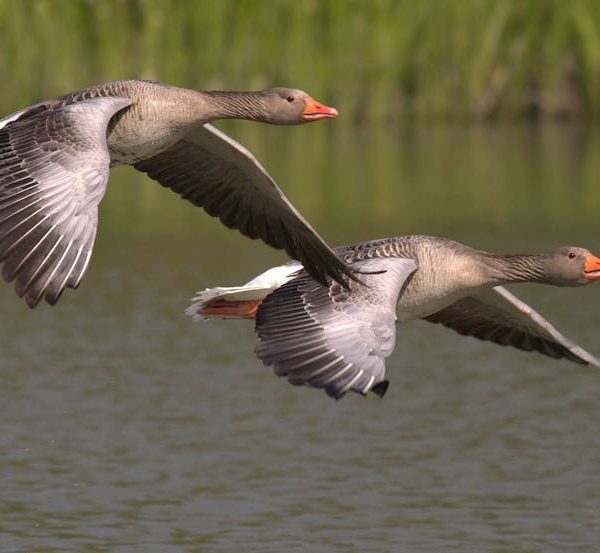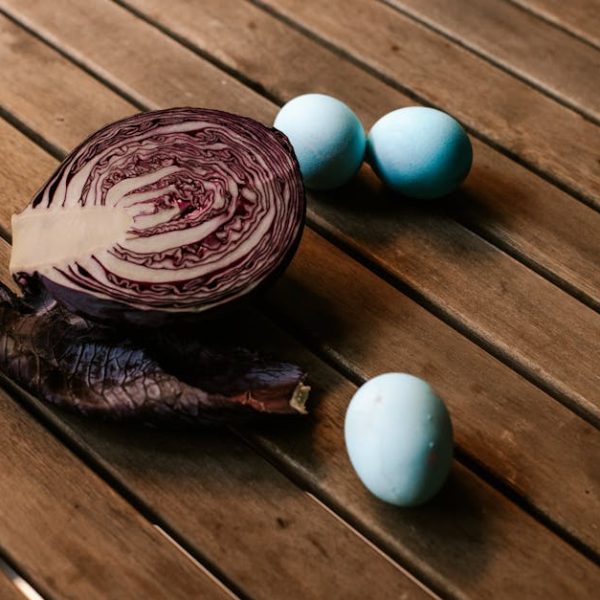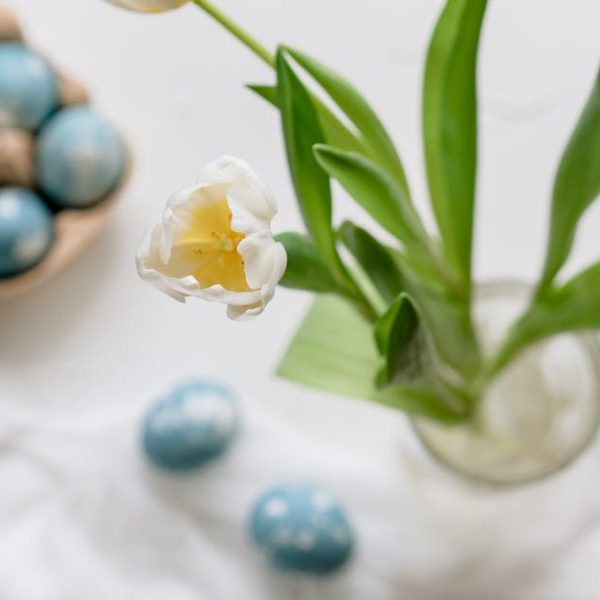Diving into the world of ornithology, it is fascinating to discover that the bird incubation period – the time it takes for bird eggs to hatch – varies significantly across different species. It’s a delicate process that involves a balanced concoction of temperature, humidity, time, and parental care. This article tentatively decodes the hatching mystery, providing a closer look at the stages of bird embryology, the duration for the incubation process, and factors affecting it.
Understanding Bird Embryology and the Incubation Process
After a bird carefully lays its eggs, a silent biological marvel begins – incubation. During this stage, parent birds conduct thorough care, supplying warmth and protection to facilitate the growth and development of the embryo within.
Key stages in bird embryology include:
- Fertilization: This is the initial stage after the egg is laid where the sperm fuses with the ovum, marking the beginning of a new life.
- Cell Division: The fertilized egg divides into multiple cells forming a mass of cells.
- Tissue Formation: Gradually, these cells differentiate into various tissues constructing different body parts.
Observing this miraculous process should align with certain moral norms. It’s vital to keep disturbance to a minimum, acting as a passive observer rather than an active participant. Caution should be exercised not to disrupt the parent birds or touch the eggs without professional supervision or guidance.
The Duration and Factors Affecting the Egg Incubation for Different Types of Birds
The incubation period varies across bird species, typically ranging from 10 days to a month or more. Influencing factors extend beyond species type to encompass temperature, humidity, and altitude among others. For instance, cooler conditions may prolong the incubation period.
Some common incubation durations include 18-21 days for sparrows, 17-18 days for domestic pigeons, and around 28 days for parrots.
Key parameters influencing the incubation duration include:
- Temperature and humidity: Moderate temperatures and humidity facilitate quicker hatching.
- Altitude: Eggs at higher altitudes can take longer to hatch.
- Bird size: Larger bird species tend to have a prolonged incubation period.
- Number of eggs: Larger clutches often have a longer incubation duration due to asynchronous hatching.
An Insight into Incubation Periods of Domesticated Birds
Domestic bird species such as parakeets, lovebirds, and canaries have incubation periods ranging from 18 – 24 days. As a bird owner, paying attention to the bird’s behavior during this period and aiding with optimal nesting conditions could immensely ease the incubation process.
However, aiding the incubation process comes with its own set of challenges. Disturbances should be kept to a minimum, and parameters such as temperature, humidity, and light should be carefully monitored. A beginner’s pro tip here would be to invest in a reliable incubator that maintains these parameters automatically, lending a helping hand in raising your feathered friends.
A Brief Look at Incubation Periods for Wild Birds
In the wild, bird species such as eagles, hawks, and owls have significantly longer incubation periods, stretching up to 35-42 days. The elements of nature, predation, and food availability, all play a crucial role in determining this duration.
Noteworthy factors that contribute to wild bird incubation periods are:
- Environmental conditions: Extreme weather conditions such as intense cold or heat can delay hatching.
- Species-specific traits: Some species have genetically determined longer incubation periods.
- Predation: The threat of predators can disrupt incubation, leading to eggs taking longer to hatch.
As an avid bird watcher or nature enthusiast, finding a wild bird’s nest can be exciting. However, one should adhere to ethical guidelines at all times – maintain a safe distance from the nest, do not disturb the habitat, and most importantly, resist the temptation to touch the eggs or the resting birds.
Artificial Incubation: Its Uses and How Long It Takes
Artificial incubation involves simulating the natural incubation process outside the bird’s nest using equipment such as incubators. It proves useful where natural conditions are challenging or where selective breeding programs are in practice.
Through artificial incubation, eggs hatch within the same timeframe as they would naturally – provided the conditions of temperature and humidity are meticulously controlled.
Artificial incubation has its advantages such as the ability to keep the conditions constant, reduce the loss of eggs due to predation or abandonment, and facilitate selective breeding. On the downside, the investment in equipment, the constant monitoring, and lack of natural parental care are factors to consider.
Comparing artificial and natural incubation, one can conclude that both have pros and cons. For species like chickens and ducks, the incubation period remains more or less the same in both cases. However, for certain species, the artificial process might slightly reduce the hatching time. It’s always a matter of trade-offs, and the proper choice depends on the specific circumstances and needs.
In conclusion, egg incubation in birds remains a complex process influenced by multiple factors. Whether natural or artificial, this period of life is delicate yet crucial in bird development, and understanding its intricacies allows for greater appreciation and care for our feathered friends. As you venture into bird observation or care, remember – patience truly remains a virtue.
Key Takeaway:
- The incubation period varies across bird species and is influenced by factors like bird size, altitude, temperature, humidity, and species type.
- Incubation, whether natural or artificial, is a delicate process requiring the right conditions and devoted care.
- While aiding the incubation of domestic bird species, it’s crucial to minimize disturbance and maintain optimal nest conditions. Artificial incubation offers certain advantages, yet requires significant equipment investment and careful monitoring.
- Birdwatchers and enthusiasts should follow ethical rules while observing wild bird nests, prioritizing the birds’ safety and privacy.
Observing, or perhaps aiding, the bird incubation process can be a fascinating and insightful experience. Remember that patience and respect for nature are key, given the delicate and varied nature of bird embryology. It’s a captivating marvel of biology, deserving thoughtful observation and responsible interaction.
FAQs
Q: How can I ascertain the perfect temperature for bird egg incubation?
A: The perfect temperature can differ between bird species. Therefore, you should research the specific requirements of the bird species you are handling. Generally, a temperature between 99 to 101 degrees Fahrenheit is appropriate for most species.
Q: What could cause bird eggs to not hatch?
A: Unhatched eggs can be due to many reasons including infertility, inappropriate incubation conditions like incorrect temperature or humidity, or disturbances during incubation. In some cases, the chick might be unhealthy and unable to break the shell.
Q: Is it safe to touch bird eggs during incubation?
A: It’s not advisable to touch bird eggs during incubation. The oil on human hands can clog the pores of the eggshell, affecting the chick’s development. Also, it might lead to the parent bird abandoning the eggs due to altered scent.
Q: Can artificial incubation harm bird eggs?
A: Artificial incubation, when done properly, won’t harm bird eggs. However, maintaining the optimal temperature and humidity is crucial. Inadequately handling these parameters can negatively impact the embryo’s development.
Q: Is the incubation period same for all eggs in a clutch?
A: Not necessarily. Sometimes hatching is asynchronous, with the first egg laid being the first to hatch, followed by others in succession. The time difference can be a day or more, depending on the bird species.
Feel free to share this article with others who might find it interesting, and explore more bird-related posts on our site. We hope you enjoy delving into the world of these intriguing creatures.
